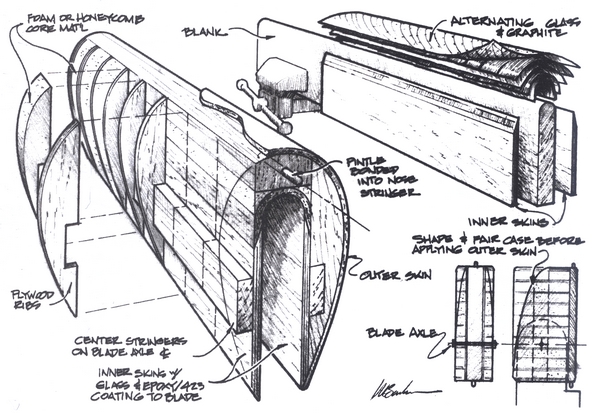sailboat daggerboard design
Time was when sailboat design was largely a regional thing, with dozens of different types exhibiting features that made them ideal for a particular sailing area and class of sailors: think scows in the midwest, or the cal-40 and uldb “sleds” created for west coast sailing and racing.. Sailboat design markku hentinen 2016. needs of a sailor • what type of use? • cruising: archipelago, inshore/lakes, offshore, oceans; daysailing, weekend overnighting, holiday voyages, ocean sailing • racing: dinghies, centerboard boats (may capsize, recovered by crew actions), keelboats (round the buoys. Sailcenters daggerboard range consists of wooden daggerboards, polyester and epoxy one design optimist racing daggerboards from n1 foils and dsk foils. 

sailboat daggerboard design Daggerboard. on factory sailboats, this is the most common type of board used, a centered daggerboard. the trunk is easy to make, basically a box, but it is very important that you have some type of structure at the top of it to link it back to the hull. more info on the design your duck page. melting lead. for the swinging boards, you can. Most sailboats under 15 feet or so have centerboards. but there is a wide range of boats from 12 to about 25 feet with either a fixed keel or a centerboard. for example, in this photo, the boat on the left has a fixed keel, while the boat on the right, of about the same size, has a centerboard..
0 komentar:
Posting Komentar